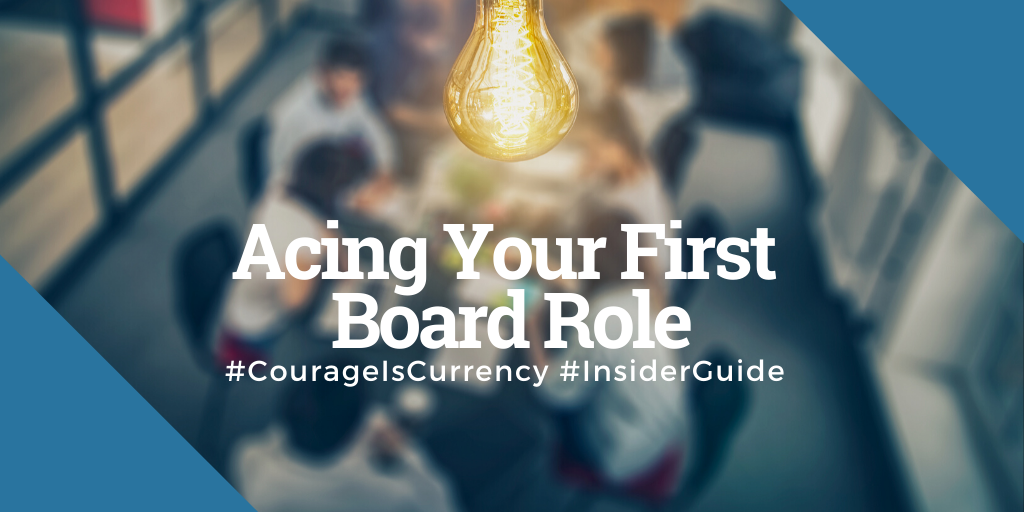Serving on private company boards
If you’re interested in serving on a private company board and supporting a founder, start now in developing a vision of what a truly perfect board would be. Not just the perfect board for you, which is critical—but also the perfect board for a world-class, capital factory, multiple-millionaire-making startup.
I’ll share mine. The “beloved board,” as I conceptualize it (I love to name my mental models), is the one that returns shareholder value with efficiency and focus.
Between board meetings, the CEO sends regular short email updates, filling in gaps and creating a top-of-mind for their company with their directors. (This is smart for so many reasons.)
The board was prepped well with written materials a week in advance, especially financials and projections. Each director read everything and then some, bringing a slew of their own Google alerts, relationships, and information filters “ready for game day.”
You don’t go through a slide deck and “read the slides” because you’ve already read them—the board meeting starts with a discussion on the key issues from the agenda. You notice the board members learn something in every meeting, and so does management. Knowing it’s going to be an issue/discussion/vote, everyone brings their best.
The meeting moves fast—this kind of private company board service feels like playing in a competitive soccer match. The Board Chair keeps everyone on track, recognizing distractions from the agenda’s backbone as they come up—and relegating them to dinner discussion later or possibly moving them to ad hoc committees to chase down ramifications.
If there’s an issue where no one on the board has the expertise, the group is quick to move to draw up a list of potential advisors to tap. If there’s a big issue to address, the discussion is bold, dynamic and forthright—you know where everyone stands and why. Even on the most divisive votes, when the issue passes, it’s over.
The Board Chair makes sure the meeting runs timely so it touches every base management brought in front of them. At the conclusion, management can get back to work building out the dream–informed, engaged, and possibly a little more inspired by the service of their hardworking, fully engaged board.
In the best boards, a little downtime together afterward—perhaps going to an event together, sharing a meal, or another team-building activity—puts relationships back on track and makes space to sooth any ruffled relationships from the dynamic discussions earlier.
So that’s my perfect “serving on private company boards” experience. What’s yours?
Knowing more about what serving on a private company board feels like and runs like will help you be a better part of one. Going into a board without a template of your own can result in bad board matches for your needs and desires. While there are many boards like the one I described, there are also many with different dynamics and types of opportunities. Here is a quick checklist to help you on the journey:
- Answer for yourself, what kind of board would you most enjoy serving on? In the hunt for a board role, deeper is better than wide. As you try on different boards, and ask different board recruiters about their board dynamics
- Consider joining Valor’s Innovation Council or serving as a corporate mentor for our large bi-annual pitch event Startup Runway.
- Check out this detailed backgrounder on venture-backed boards, posted from the Harvard Law School Forum on Corporate Governance and Financial Regulation (a terrific site for all kind of legal knots), and published in the Delaware Journal of Corporate Law, “The Venture Capital Board Member Survival Guide.”

